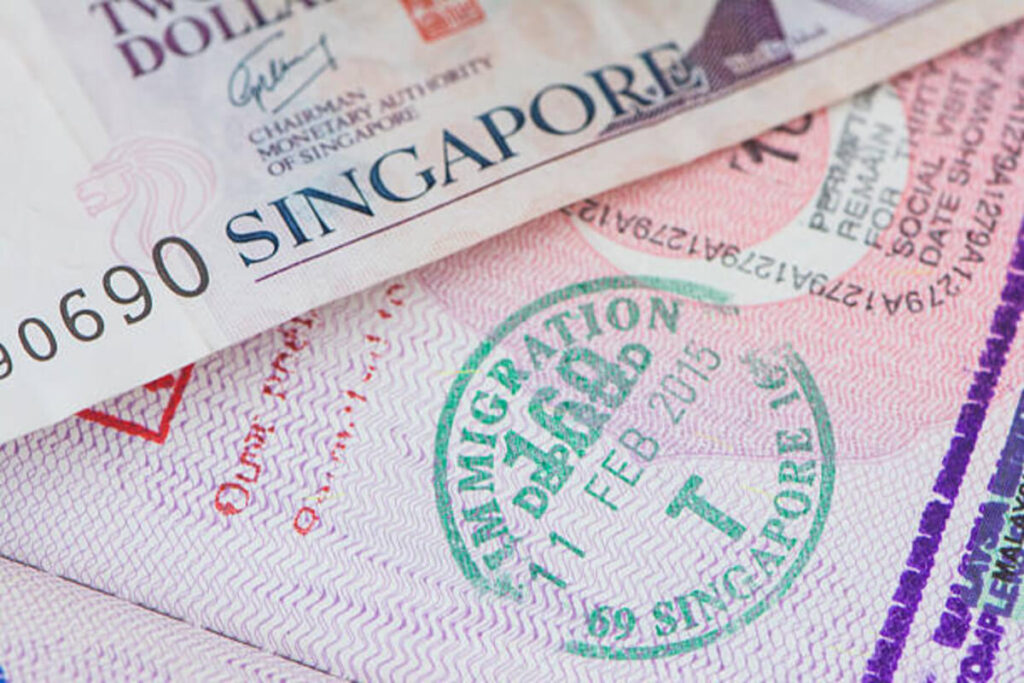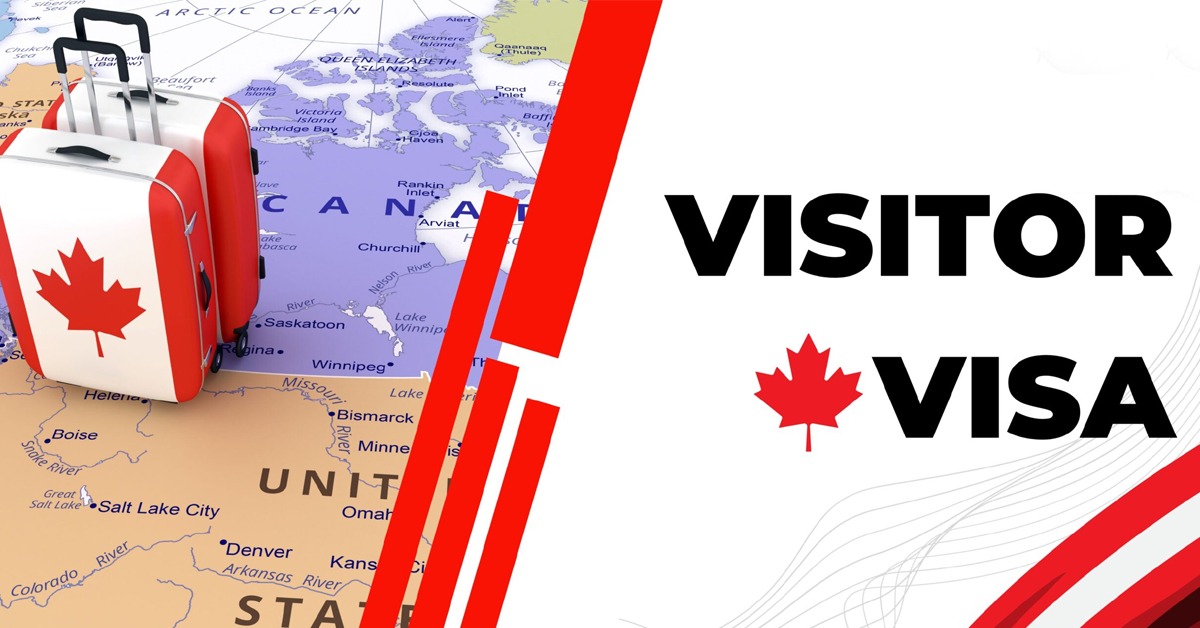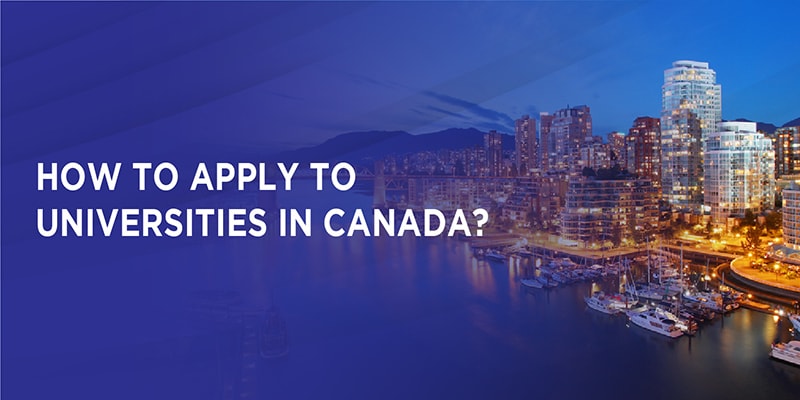Advertisement
U.S. immigration laws in 2025 can be a complex and overwhelming process, especially with the introduction of new rules and regulations that affect various visa categories. Whether you’re looking to apply for a work visa, green card, or any other immigration benefit, understanding these updates is essential to avoid delays and maximize your chances of approval.
The new rules for 2025 introduce changes in processing times, application fees, visa categories, and eligibility criteria, which directly impact your immigration strategy. In this article, I will walk you through the key changes and provide useful insights into how these updates could affect your immigration application, ensuring you’re fully prepared for the new requirements.
Advertisement
Key Changes You Need to Know
Immigration laws in the U.S. are constantly changing, and 2025 is no exception. New rules are being introduced that could affect your eligibility for various visas, green cards, and work permits. Whether you are looking to join family members, start a business, or work in the U.S., understanding these changes is crucial to avoid delays or complications in your application.

Staying informed about the latest updates ensures you’re not caught off guard and allows you to take advantage of opportunities, like new visa categories or streamlined processes, that could make your immigration journey smoother.
- Brief Overview: Immigration laws and rules in the USA are constantly evolving. In 2025, there are key changes you need to be aware of if you’re planning to apply for a visa, green card, or other immigration benefits.
- Why This Matters: Understanding these new rules can significantly impact your application process, eligibility, and the outcome of your immigration case.
Read: How to Find and Secure Warehouse Jobs in Canada with Visa Sponsorship
Key Immigration Changes in 2025
In 2025, several significant changes have been made to the U.S. immigration system. For instance, visa processing times have been revised, and certain visa categories now face longer waiting periods, while others may experience faster processing. Additionally, application fees for many visas have increased, so applicants need to budget accordingly.
The introduction of new green card categories aimed at skilled workers and entrepreneurs offers fresh opportunities for applicants. Also, updated work authorization rules may impact applicants seeking employment-based visas, as the government introduces new pathways to employment for those applying for visas or green cards.
- Updated Visa Processing Timelines: Visa processing times have been adjusted. You may face longer wait times for certain categories or faster processing for others. It’s crucial to check the latest timelines for your specific visa type.
- Increased Visa Fees: Fees for certain visa categories have gone up. Make sure you budget accordingly for your immigration expenses.
- New Green Card Categories: The U.S. has introduced new green card categories for skilled workers and entrepreneurs. These changes aim to attract top talent and boost the economy. Find out if you qualify under the new categories.
- Work Authorization Updates: If you’re applying for a work visa, there are new rules about who can work while their application is pending, and some applicants may have access to new job opportunities.
What Has Changed for Family-Based Immigration?
Family-based immigration has also seen important updates in 2025. The U.S. government has expanded the scope for U.S. citizens and legal residents to sponsor immediate family members, making it easier to reunite with loved ones.
However, changes to the waitlist system have introduced variations in how long you may need to wait for your family members to join you in the U.S., depending on their country of origin. Some countries may experience shorter wait times, while others face longer delays due to high demand. Understanding these changes is essential to planning your family-based immigration strategy effectively.
- Expanded Family Sponsorship: There are now easier ways for U.S. citizens and legal residents to sponsor their immediate family members for a green card.
- Changes to Waitlists: New rules impact how long you might need to wait for your family members to join you in the U.S. Depending on your country of origin, wait times may be shorter or longer.
New Rules for Employment-Based Visas
Employment-based immigration has undergone several shifts in 2025. One of the most notable changes is to the H-1B visa program, which now has a revised application process, including adjustments to the employer lottery system. Employers must now meet stricter criteria when sponsoring foreign workers.
Additionally, there are more opportunities for skilled professionals in fields like tech, healthcare, and engineering to obtain faster immigration processing. For those looking to work in the U.S., it’s essential to understand these new guidelines to avoid delays and to ensure that employers comply with the latest standards.
- H-1B Visa Changes: The application process for H-1B (skilled worker) visas has seen important changes, including adjustments to how employers apply for these visas and new lottery systems.
- Specialized Worker Programs: There are new opportunities for workers in certain specialized fields like tech, healthcare, and engineering to secure faster immigration routes.
- Employer Sponsorship Guidelines: Employers are now required to meet more stringent criteria when sponsoring foreign workers. If you’re applying for a job-based visa, your employer must meet new documentation standards.
Impact on International Students
International students seeking to study in the U.S. must be aware of key changes to the F-1 visa program in 2025. New restrictions now limit the length of time students can remain in the U.S. after graduation, which may affect your post-graduation work options. However, there is some good news for STEM graduates.
New pathways allow STEM students to stay longer, work, and eventually transition to permanent residency. International students should keep track of these adjustments, as they might influence your plans to study, work, and eventually settle in the U.S. after completing your education.
- F-1 Visa Adjustments: International students applying for F-1 visas should be aware of new restrictions and opportunities, such as changes to how long you can stay after graduation or work while studying.
- STEM Graduate Pathway: There are new programs aimed at retaining STEM (Science, Technology, Engineering, and Math) graduates, which could open up more permanent residency opportunities for eligible students.
Immigration Options for Entrepreneurs and Investors
Entrepreneurs and investors have new opportunities in the U.S. under the 2025 immigration rules. The EB-5 investor visa program, which grants green cards in exchange for a significant investment in U.S. businesses, has introduced new thresholds and guidelines. These changes may either present opportunities for more accessible investments or raise the bar for eligibility.

Additionally, a new start-up visa has been introduced for entrepreneurs aiming to launch businesses in fields like technology or innovation. These new visa options make it easier for foreign entrepreneurs to contribute to the U.S. economy while securing permanent residency.
- EB-5 Investment Visa Updates: There are new investment thresholds and guidelines for the EB-5 visa, which allows foreign nationals to obtain a green card through investment in U.S. businesses.
- Start-up Visa: A new visa category for entrepreneurs launching tech or innovation-based startups in the U.S. has been introduced. Entrepreneurs can now access a faster track to permanent residency.
Read: How to Find and Secure Retail Assistant Jobs in Canada with Visa Sponsorship
Changes to Asylum and Refugee Policies
The U.S. asylum and refugee policies have undergone significant changes in 2025, reflecting both a more streamlined process and stricter vetting requirements. Asylum seekers will benefit from faster processing times in some regions, allowing quicker resolutions to their cases.
However, these faster processes come with more rigorous scrutiny, particularly for applicants from certain countries or regions. Meanwhile, the refugee cap has been raised, offering increased opportunities for individuals seeking refuge. It is crucial for applicants to understand these changes, as they could affect their asylum or refugee applications depending on the specifics of their case.
- Streamlined Asylum Process: Asylum seekers will experience faster processing times in some regions. However, stricter vetting procedures have been put in place, and certain groups of applicants may face more scrutiny.
- Refugee Cap Increases: The cap on the number of refugees the U.S. will accept has been raised, providing new opportunities for those seeking refuge.
What You Need to Do Before You Apply
Before applying for any U.S. immigration benefit, it’s important to stay up-to-date on the latest rules. This means regularly checking for changes in application procedures, fees, and eligibility criteria. You’ll also need to gather all necessary documentation, ensuring that your application is complete and accurate.
Consulting with an immigration attorney or expert is highly recommended to navigate the complexities of the process, especially with the new 2025 rules in place. Taking the time to ensure everything is in order will help avoid costly mistakes, application delays, or denials of your visa or green card.
- Stay Informed: Immigration laws change frequently. Make sure you consult with an immigration attorney or expert to ensure you’re following the latest guidelines.
- Prepare Proper Documentation: One of the most important steps in applying for a visa or green card is submitting accurate and complete paperwork. Double-check your application to avoid delays.
- Know Your Eligibility: Different visa categories have different eligibility criteria. Research thoroughly to determine the best visa category for your situation.
- Budget for Costs: With the increase in application fees and potential legal costs, it’s essential to prepare your finances ahead of time.
Common Mistakes to Avoid
When applying for U.S. immigration, avoiding common mistakes is critical to a smooth process. One of the most frequent errors is submitting incomplete applications, which can result in delays or rejections. It’s important to double-check all the required documentation and ensure everything is filled out correctly. Another mistake is applying for the wrong visa category.

Carefully research which visa suits your situation and qualifications to avoid wasting time on the wrong application. Finally, neglecting professional legal advice can lead to confusion and mistakes that can hurt your chances of approval, so always seek expert guidance to ensure success.
- Incomplete Applications: Missing information or documents can delay your application. Always ensure you have everything required before submission.
- Wrong Visa Type: Applying for the wrong visa can lead to rejection. Be sure you apply for the one that best suits your needs.
- Ignoring Legal Advice: Immigration can be complicated, and the risks of navigating the process alone are high. Always seek legal advice to ensure you’re on the right path.
Read: Cleaner Jobs in Canada with Visa Sponsorship
The USA Immigration Update for 2025 introduces important changes that applicants need to be aware of before applying. These include revised visa processing times, increased application fees, new green card categories, and updated rules for work and family-based immigration.
Changes to employment-based visa programs, such as the H-1B visa, and new opportunities for international students and entrepreneurs are also part of the updates. Staying informed about these changes and understanding the impact on eligibility, documentation, and fees will help ensure a smoother and more successful application process.



















